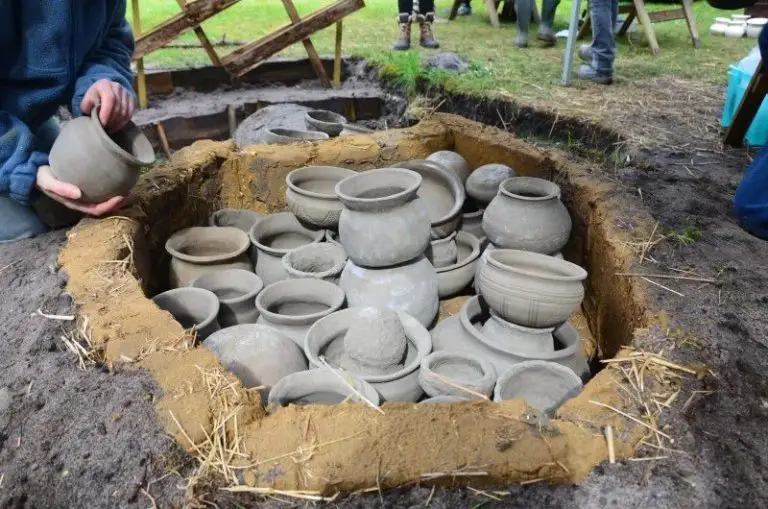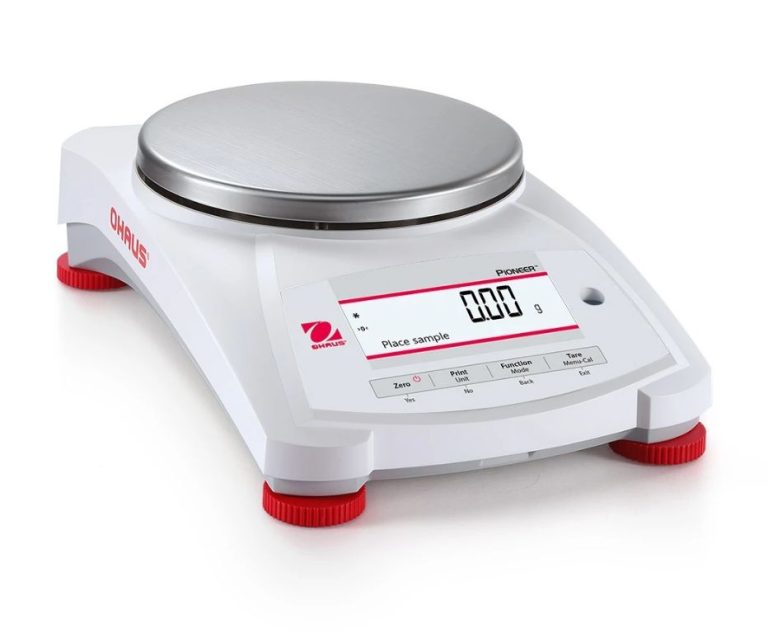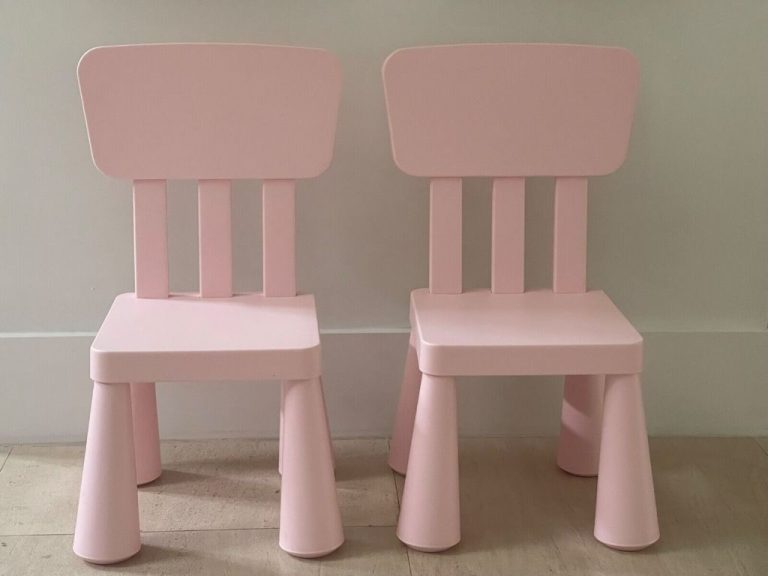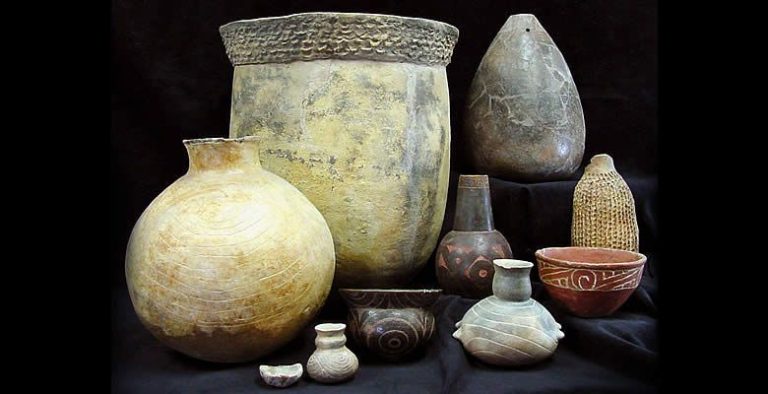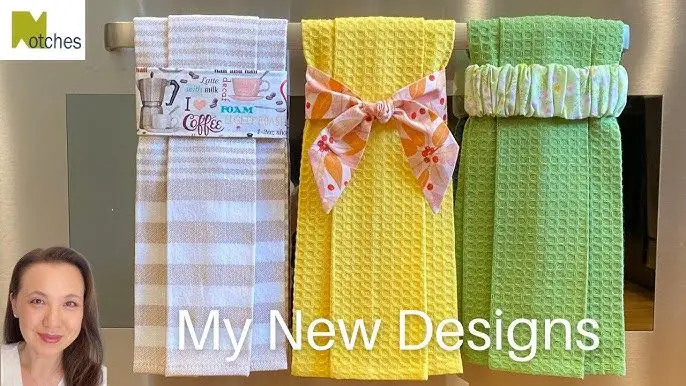Can You Use Clay Straight From The Ground?
Clay is a naturally occurring material composed primarily of fine-grained minerals, which is plastic when wet and hard when fired. There are many types of clay, including earthenware, stoneware, and porcelain. Clay has been used for pottery, sculpture, and construction since prehistoric times. When clay is dug from the ground in its raw, unprocessed form it contains impurities and varies widely in its properties and suitability for different applications. However, with proper preparation and processing, natural clay can be used by artists and crafters for handbuilding and sculpting. This article will examine the process of gathering, evaluating, and working with raw clay straight from the ground.
Gathering Natural Clay
When gathering natural clay straight from the ground, the first step is finding a good source. Some ideal places to look include stream beds, areas with exposed soil erosion, construction sites, mole hills, and cliff faces. The best clay deposits are found in low-lying areas that hold moisture.
To dig for clay, you’ll need some basic tools like a shovel, trowel, bucket, and sifting screen. Look for exposed areas of earth that are smooth and slippery. Dig down several inches into the soil and extract a small sample. Add some water and knead it to assess the consistency. Ideal clay is smooth, pliable, and becomes more malleable when wet.
Use your shovel to remove large, football-sized chunks of earth from the deposit. Break up the chunks with your hands over a bucket or tarp, and use the trowel to gather clay pieces. Pass the clay through a wire mesh screen to filter out rocks, debris, and organic material. Store the screened clay in sealed plastic bags or buckets.
Look for clay with a smooth, consistent texture and color. Avoid clay with a high sand content or large stones. The best natural clay is free of organic matter like roots or leaves. With practice, you’ll learn to identify high-quality clay deposits for digging and collecting.
Evaluating Raw Clay
Before using clay harvested straight from the ground, it’s important to evaluate its properties and suitability for your intended project. Here are some key tests to perform:
Testing clay plasticity
The plasticity or workability of the clay determines how easy it will be to shape and mold. To test plasticity, take a small lump and roll it into a ball. See how thin you can roll it out without cracking. The thinner you can roll it, the more plastic. Highly plastic clay is great for sculpting and throwing on the wheel.
Testing sand content
Excess sand content will prevent clay from being very plastic. To test, break off a small piece and rub it between your fingers. Grittiness or scratches indicate higher sand content, which is better for handbuilding techniques.
Assessing color, smell, texture
The color, scent, and texture offer clues about the composition. Earthy reddish-browns suggest natural iron oxide content. Avoid clay with strong odors, which may contain organic contaminants. The texture should be smooth and dense when wet.
Visually inspect and feel the clay in its wet state. Trial and error will help you learn what raw clays work for your projects.
Preparing Unprocessed Clay
After gathering and evaluating raw natural clay straight from the ground, some preparation is required before it can be worked with. Two key steps in preparing unprocessed clay are removing debris and organic matter, and slaking and mixing the clay.
Raw natural clay will likely contain small pebbles, grit, roots, and other organic material. These impurities can weaken the finished ceramic piece or cause cracks during drying or firing. To remove debris, soak the clay in water and then pass it through a fine screen or sieve. Anything left behind on the screen should be discarded.
Next is the slaking process, where clay particles are fully saturated with water. To slake clay, add it bit by bit to a large bucket of water, mixing continually to break up clumps. Let it soak for several days, stirring and mashing any remaining lumps with a paddle. Well-slaked clay should have a smooth, creamy consistency. The slaking process allows water to fully penetrate clay particles so they can be mixed together evenly.
After slaking, the clay may be wedge mixed or processed in a blender or pug mill to achieve an even, homogeneous mixture ready for shaping and forming. Any hardened chunks or unmixed clay can lead to cracking or weak spots in finished pieces. With care and time, unprocessed natural clay can be prepared for successful use in pottery and ceramic artwork.
Working with Natural Clay
When working with raw, unprocessed clay directly from the ground, some special considerations apply for handbuilding techniques like pinch, coil and slab construction.
Pinch pots are one of the most intuitive and ancient methods of handbuilding with clay. Because natural clays tend to be coarser and less elastic, extra care should be taken when pinching the walls to avoid tearing. Gently yet firmly pressing into the clay and slowly thinning the walls while smoothing cracks is key.
For coil building, it helps to wedge the clay thoroughly and make sure your coils are uniform in size and moisture content. Blend each new coil seamlessly into the one below it by smoothing together with your fingers and a bit of water. Go slowly to prevent cracking as natural clay can be more prone to drying out.
Slab construction involves rolling out even sheets of clay to cut shapes from and join together. Natural clays may require extra dusting with clay powder to prevent sticking as you roll. Let the clay firm up some before cutting to avoid distortion. Score, slip and blend slab seams with care to create smooth joins.
In general, working carefully to compress seams and knit new pieces of clay together is important with unprocessed natural clays that lack elasticity. Allowing adequate drying time between steps helps too. The results can be very rewarding and lend handmade items a unique, organic quality.
Firing Unprocessed Clay
There are two main low-fire techniques for firing unprocessed clay – pit firing and raku. Both allow clay artists to fire their pieces without access to a professional kiln. However, they come with challenges and risks compared to firing processed clay.
Pit firing involves digging a pit, building a fire in the bottom, and covering it with fuel like sawdust or newspaper. Pieces are loaded into the pit and buried while the fire burns for several hours. The pieces absorb carbon and smoke, giving a unique finish. Pit firing is unpredictable though, with high chances of pieces cracking or breaking.
Raku is a fast firing technique done at low temperatures, usually in a specialized raku kiln. The pottery is removed while red hot and placed in containers with combustible materials to create distinctive patinas. Raku firing can warp unfired clay though, as the rapid cooling and heating stresses the material. Pieces may crack or break apart if the clay body is not strong enough.
Because raw clay has higher organic content, it’s more prone to cracking and exploding in the kiln when fired. The water content can turn to steam and expand rapidly. Natural clays also have wider firing ranges, making firing more difficult to control. Testing samples thoroughly first is critical to reduce failures. With care, natural clays can be successfully pit fired or raku fired to create beautiful finished pieces.
Advantages of Natural Clay
Working with unprocessed natural clay dug straight from the earth has some unique advantages over using commercially prepared clay.
Natural clay allows the artist to achieve one-of-a-kind colors and textures in their finished pieces. The specific mineral composition of the native soil results in distinctive hues and surface qualities that can be hard to duplicate with processed clay bodies.
Gathering your own clay can also be a less expensive option compared to buying prepared clay. If you have access to a good local clay source, you can avoid the costs of purchasing and shipping bagged clay. This makes working with natural, unprocessed clay appealing for hobbyists or artists on a tight budget.
Disadvantages of Natural Clay
While natural clay can offer some benefits, it also comes with some significant drawbacks that you need to consider before deciding to use it. Two key disadvantages are:
Inconsistent properties – One of the biggest issues with natural clay is that you never know exactly what you’re going to get. Even when sourced from the same deposit, the properties of natural clay can vary widely in aspects like plasticity, shrinkage, color, etc. This inconsistency makes natural clay difficult to work with compared to commercially prepared clays where you know exactly what to expect.
Higher chances of cracking/exploding – Because the composition of natural clay fluctuates, there is a much higher chance of cracking or explosions when firing natural clay pieces. You may end up with cracked pots or clay that literally explodes in the kiln. This can lead to much wasted time and effort. With commercially processed clay that has been refined and blended thoroughly, cracking and explosions are far less likely.
Safety Considerations
When working with natural clay directly gathered from the ground, it’s important to take safety precautions.
Clay can potentially contain contaminants or heavy metals that can be hazardous if the clay is not properly prepared and fired. Sources of contaminants may include:
- Bacteria, fungi, or other microorganisms in the soil
- Chemical pesticides, fertilizers, or industrial pollutants
- Naturally occurring heavy metals like lead, arsenic, or mercury
To reduce risks:
- Avoid gathering clay from areas that may have chemical contamination, like roadsides or industrial zones.
- Wear gloves and a dust mask when processing raw clay to avoid direct contact or inhalation.
- Fully dry and fire the clay at high temperatures (over 1000°F) to sterilize and set the clay, locking in any potential contaminants.
- Test fired pieces to ensure they are non-toxic before using them for food or drink.
With proper sourcing and preparation, natural clay can be used safely. But care should be taken to avoid potential health hazards.
Conclusion
In summary, clay can certainly be used straight from the ground with proper preparation and technique. Gathering natural clay yourself allows creativity with locally sourced materials. However, beginners should start with processed clay from an art store to learn fundamentals first.
For hobbyists interested in trying natural clay, start by researching locations to access clay deposits safely. Evaluate raw clay’s qualities like color, plasticity and hardness. Remove contaminants through processes like picking, soaking, sieving and rehydrating. Work carefully to wed and blend clays for desired characteristics. Allow sufficient drying time before bisque firing natural clay slowly. Finish with glazes compatible with the clay body.
With practice, natural clay can be a rewarding sustainable art material. But patience and perseverance are needed when variables can’t be controlled like processed clays. Beginners should gain experience with manufactured clay first to learn techniques. When ready to try natural clay, start small with test tiles to understand the clay’s tendencies. With careful sourcing and preparation, natural clay can be a wonderful eco-friendly option.

